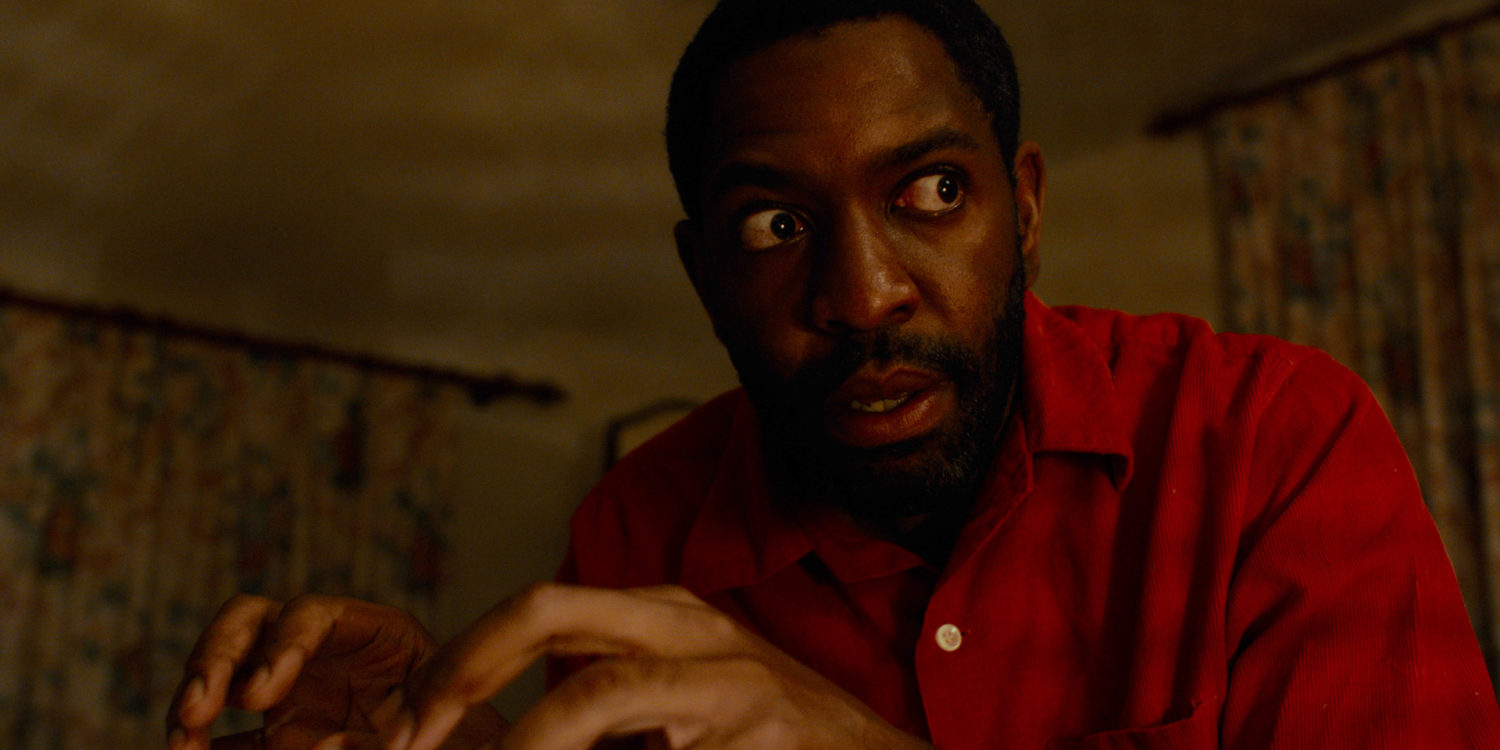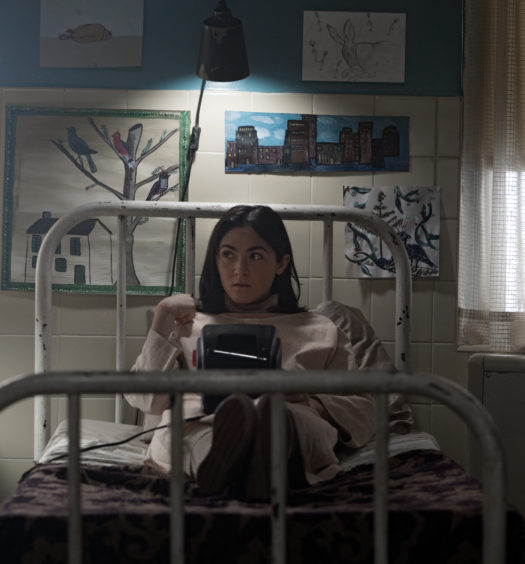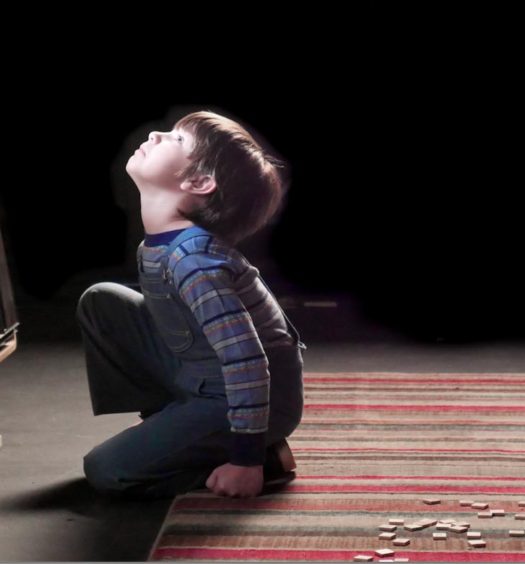The Creeping begins with a bedtime story. As a father is putting his daughter to bed, he playfully teases her about a haunting presence that stalks her until it “gets” her, ending with a laugh and a smile before the lights go out.
It’s a trope we see a lot in films. Sometimes it’s used as a framing device with external characters (a la The Princess Bride), whereas other times it’s used to introduce central characters in an endearing way. But no matter the primary intention, there’s a secondary benefit: This device lets us know as viewers that we’re about to see something familiar. It may be as common as a fairy tale, or it may just be simple enough for a parent to make up on the fly at bedtime, but it’s nonetheless something we’ve likely heard before.
It’s a helpful primer for The Creeping as well. As the cold open ends, we’re introduced to Anna, that same little girl a couple decades later—it’s now 1985 and we’re in Somerset, England—as she arrives at her grandmother’s house to take care of her. The setup becomes even more familiar from here: Lucy, Anna’s grandmother, has dementia, and it’s become increasingly difficult for Karen, Lucy’s caretaker, to support her on her own.
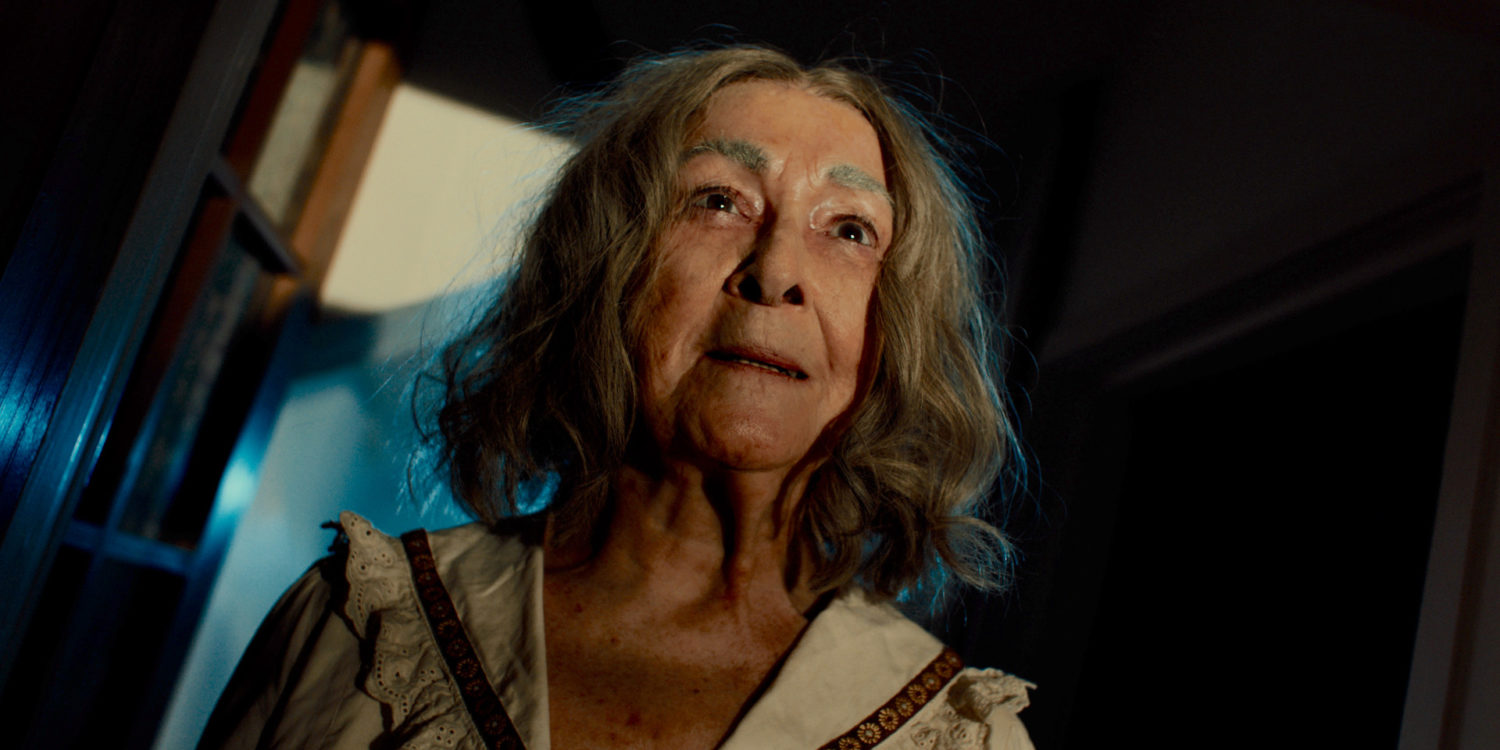
Paul proves that family isn’t just a casting resource: It can be an aesthetic one as well.
As Anna spends more time with Lucy and Karen, she learns more about her own family history by way of helping Lucy remember what she already lived through. We soon discover that Anna’s mother (Lucy’s daughter) died in childbirth while having her, and that Lucy’s husband died not long after that. This explains much of the disconnect between Anna and Lucy. It might also explain a series of spooky and threatening events that happen every night around the same time.
The themes are familiar here too. As she learns more about the tragedies in her family tree, Anna comes to understand that generational trauma often feels like the most inescapable kind. And as the three central characters are all women, bits and pieces of female-centric trauma begin to reveal themselves as well. (There are some nice hints at this throughout; for instance, Lucy remarks that Karen’s home used to have yellow wallpaper—surely a reference to Charlotte Perkins Gilman’s classic short story—and that it was “better then.”)

Paul proves that family isn’t just a casting resource: It can be an aesthetic one as well.
But as is often the case, familiarity is fine as long as the presentation is good, and The Creeping checks most of those boxes. American audiences may not recognize these actors (though Sophie Thompson, who plays Karen, has an impressive filmography), but they all perform quite well, especially when they’re playing off each other. And relative newcomer Riann Steele (whom you may have seen in Ant-Man and the Wasp) proves that she can carry a feature film.
The film’s aesthetics are mostly positive as well. The cinematography is very good, particularly given the challenge of capturing one primary location, and the sound design effectively creates an atmosphere that lives up to the title. And while the special effects are largely reliant on cost-efficient CGI, the spooky imagery gets the job done (and even delivers a couple solid jump scares).
Yes, it may feel as if you’ve seen this kind of film before—and given the rather generic title, you might think you’ve actually seen this film before. But The Creeping is satisfactory enough to scratch the itch if you’re looking for a good ghost story.
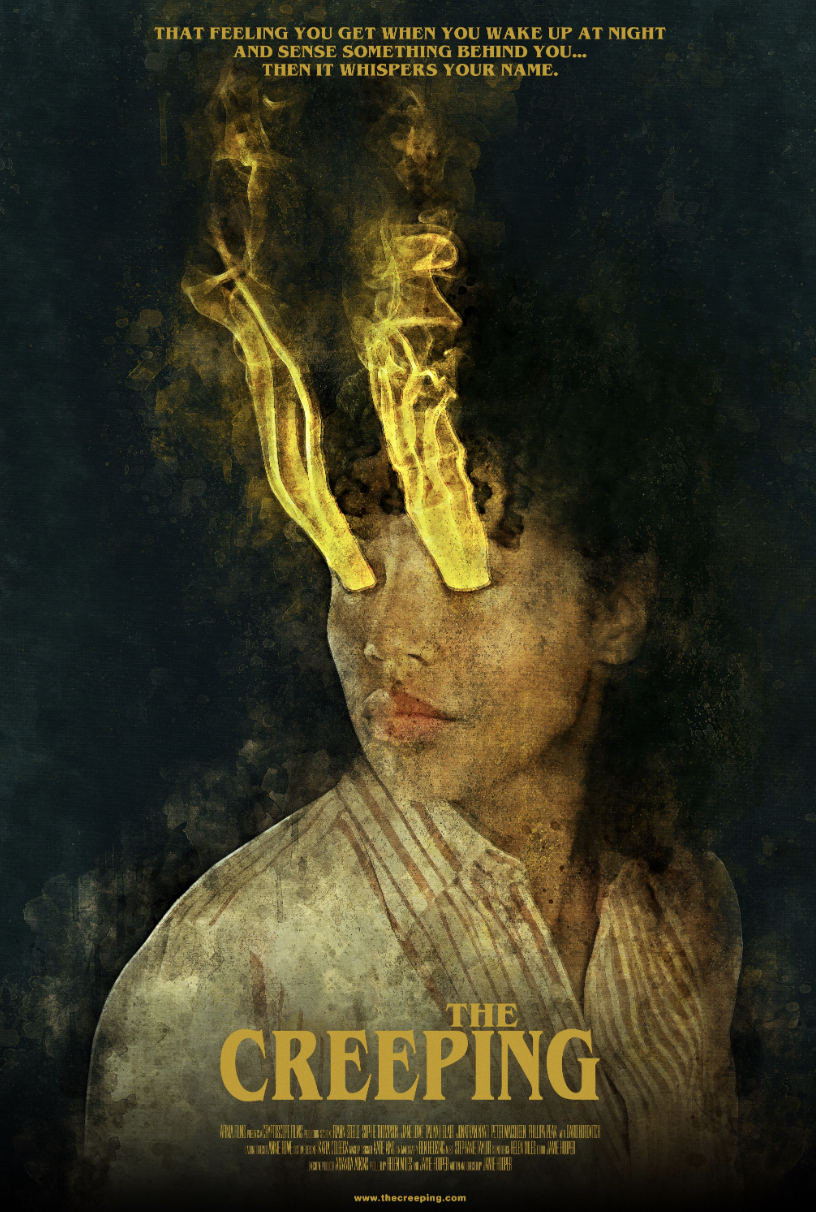
‘The Creeping’ finds comfort (and terror) in the familiar [CFF 2022]
Sufficient
The Creeping takes a satisfactory approach to familiar material by grounding the story in well-crafted aesthetics and solid performances.

